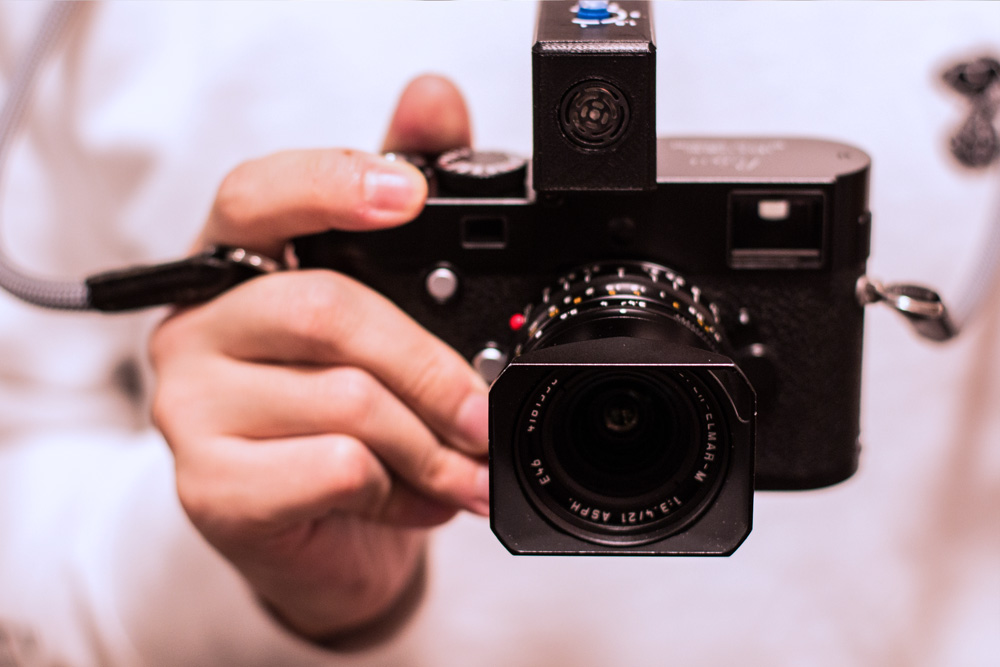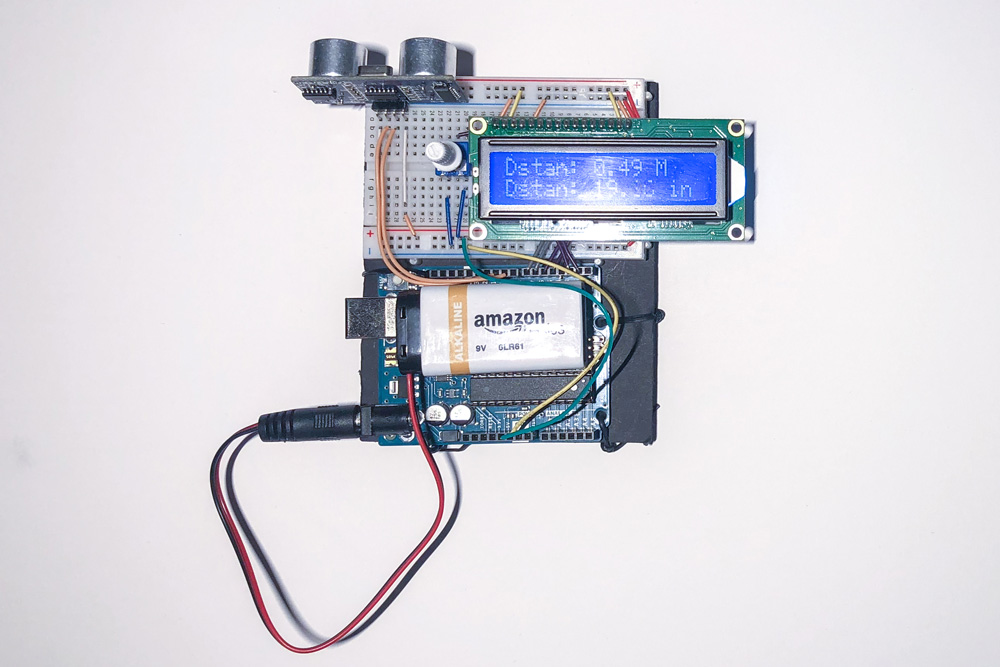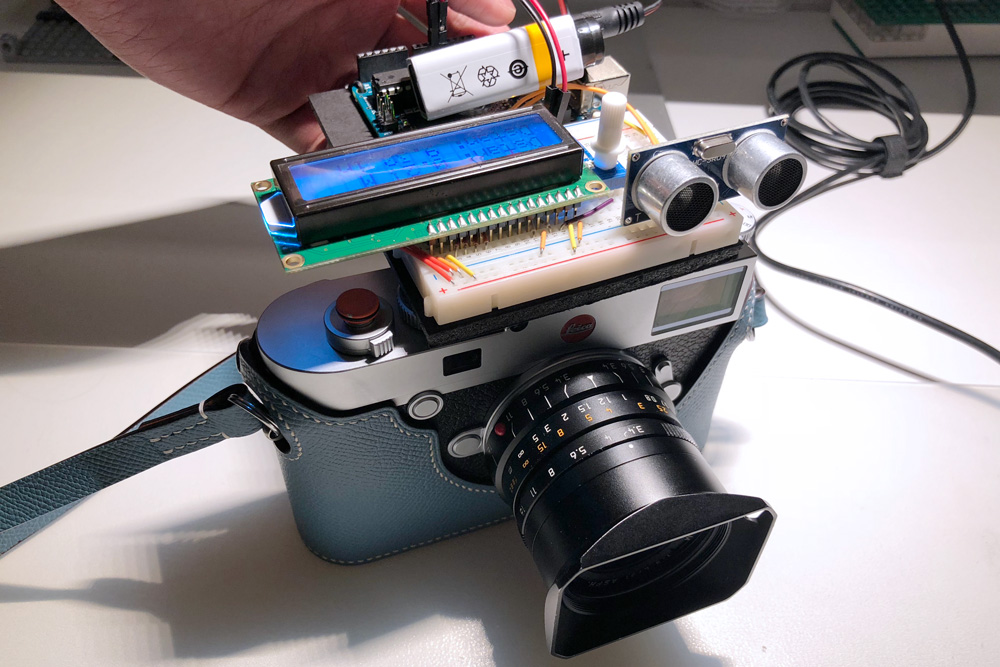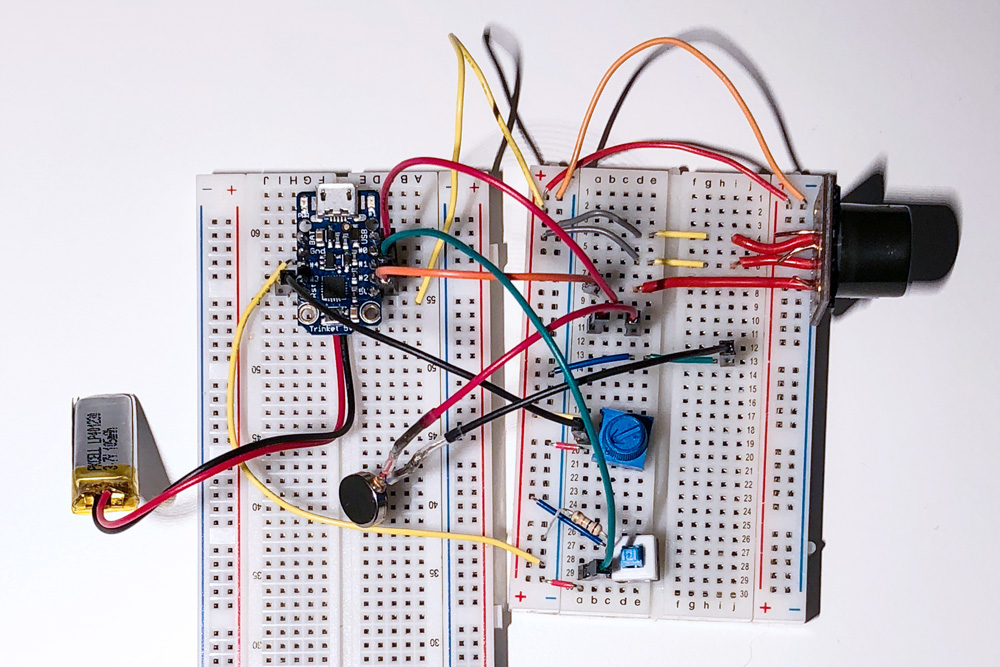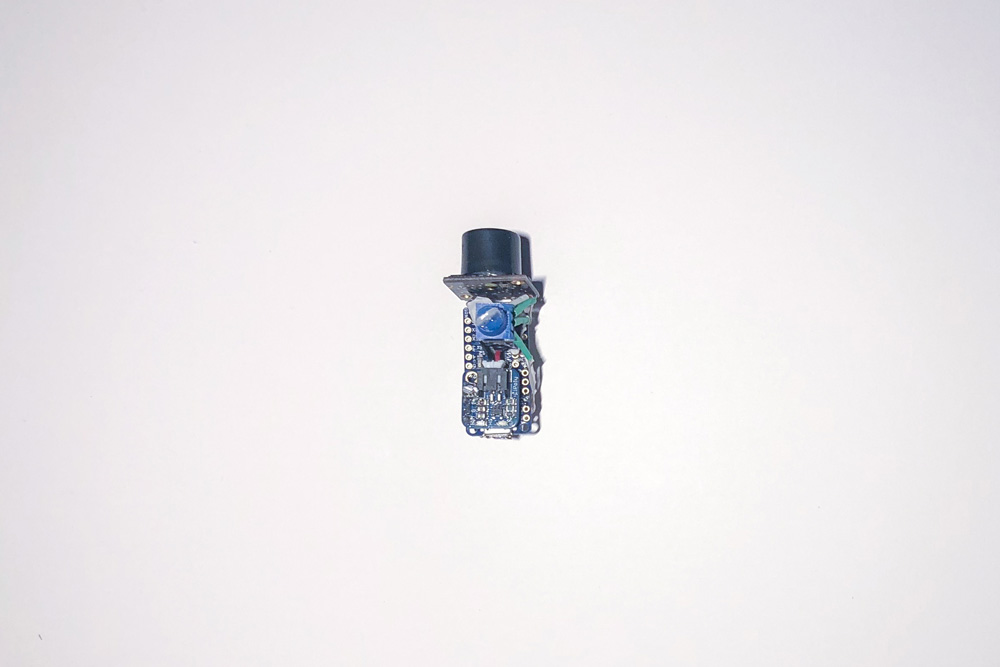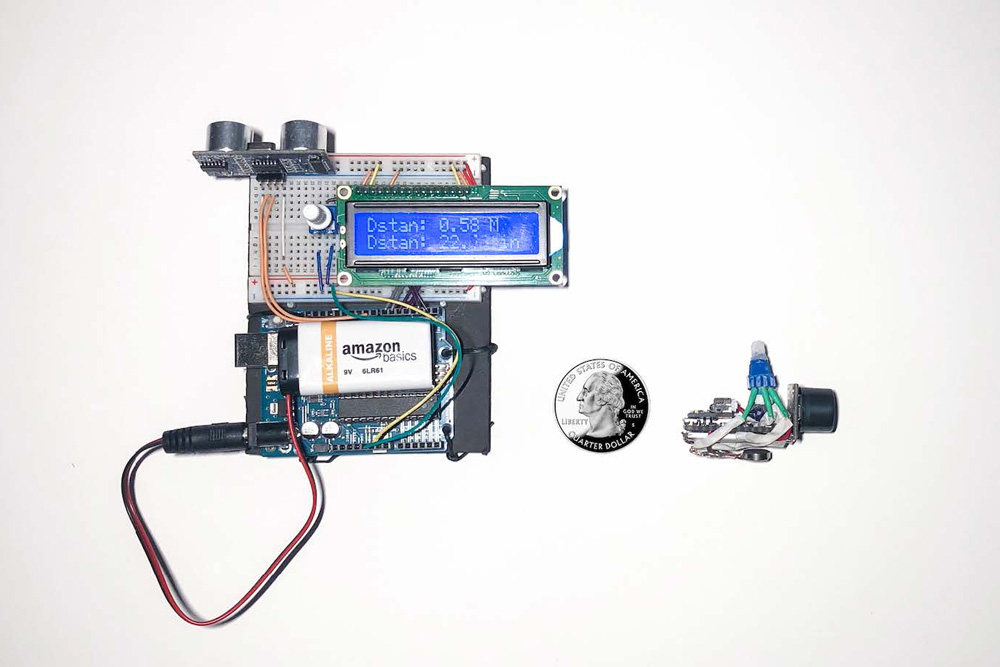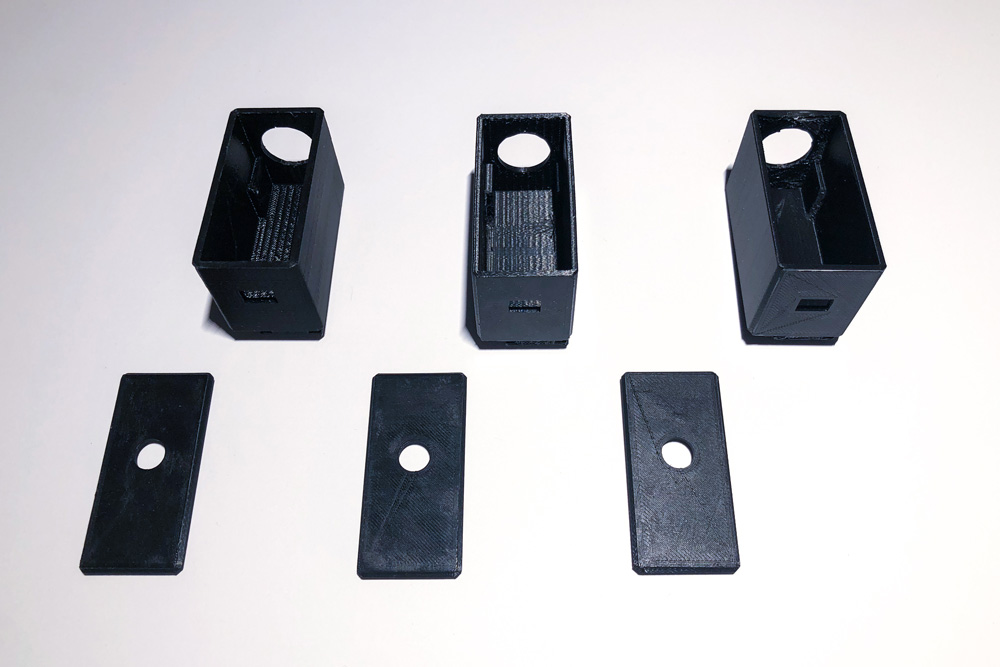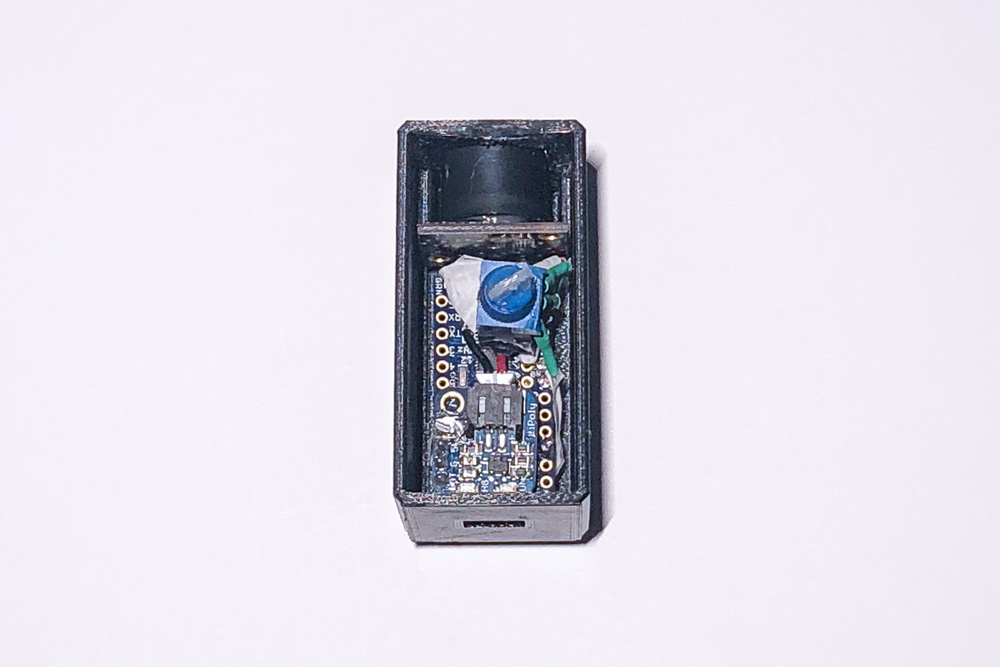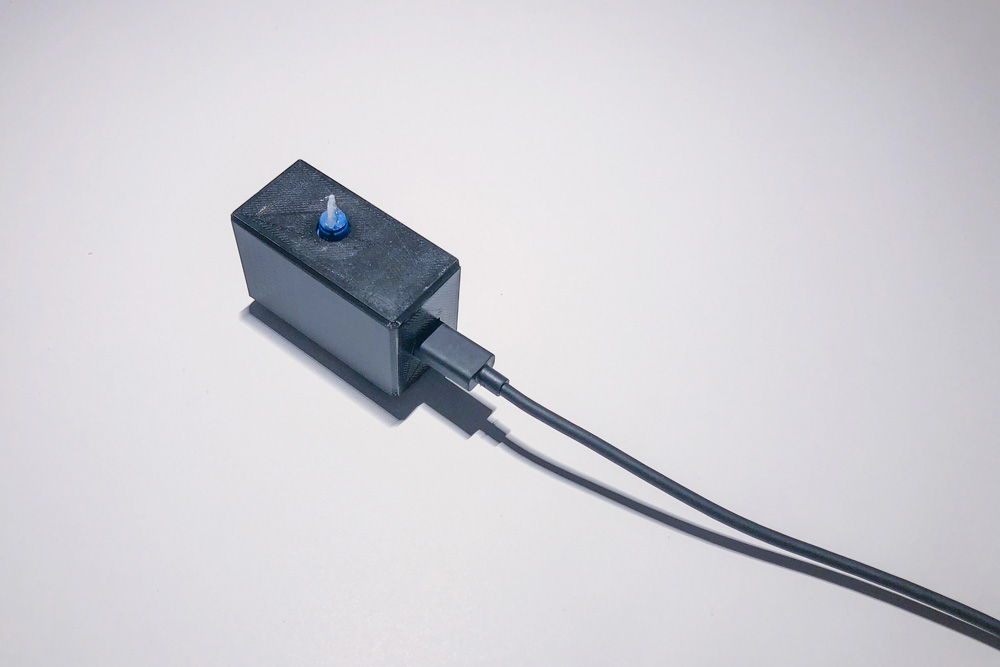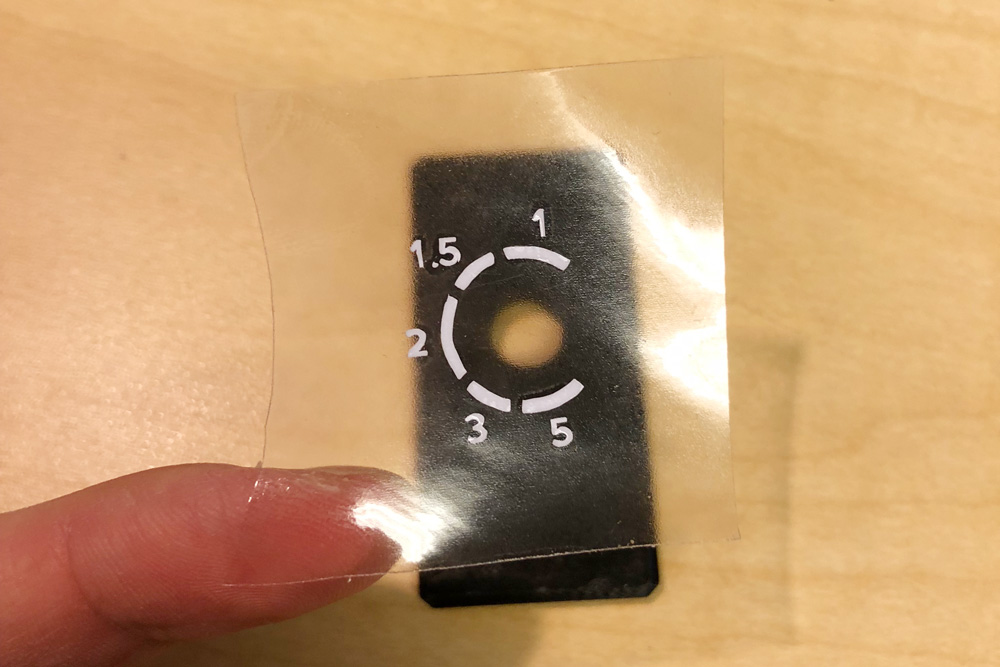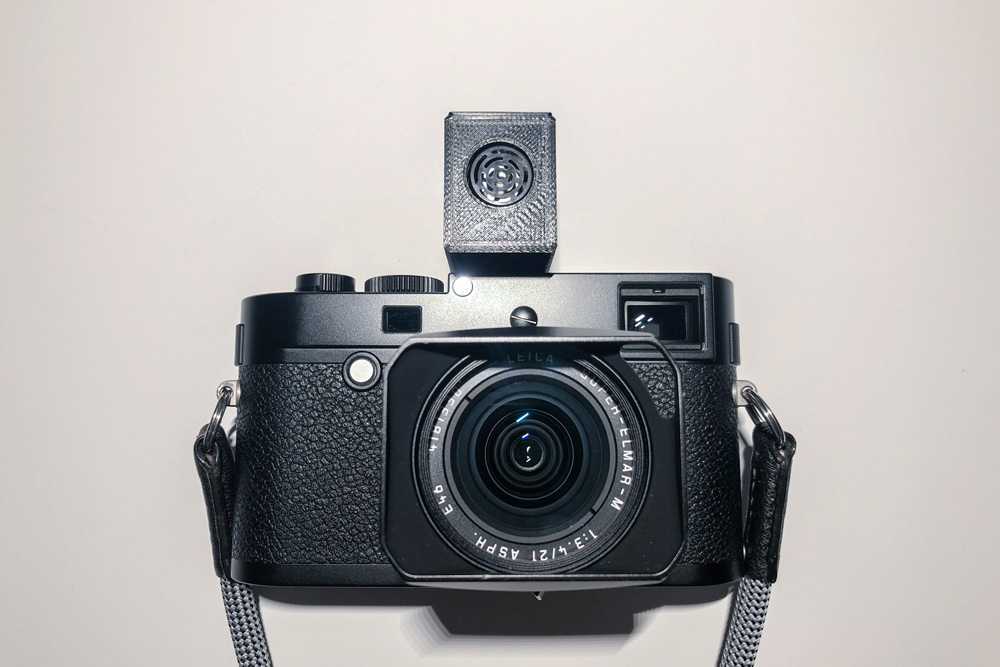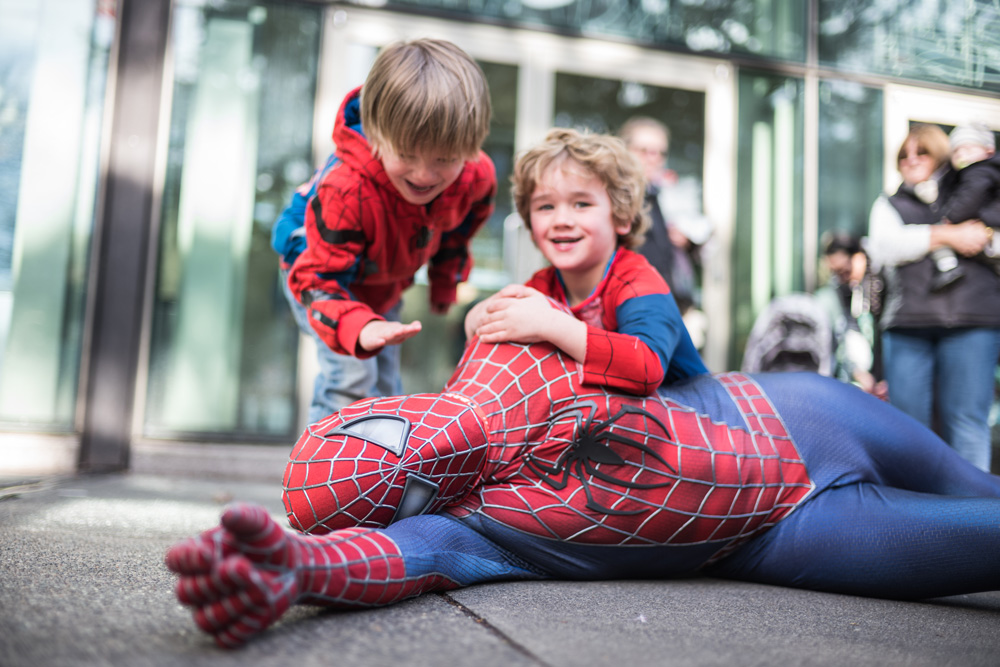I love street photography, and street photography is all about capturing the decisive moment. Since my camera doesn't have the auto-focus function, it's quite challenging for me to take the decisive capture-moment through manually focusing, which often leads to missing the best timing. I wanted to build a tool that could intuitively inform me of the correct focus distance, so I would be able to save time on manually focusing.

